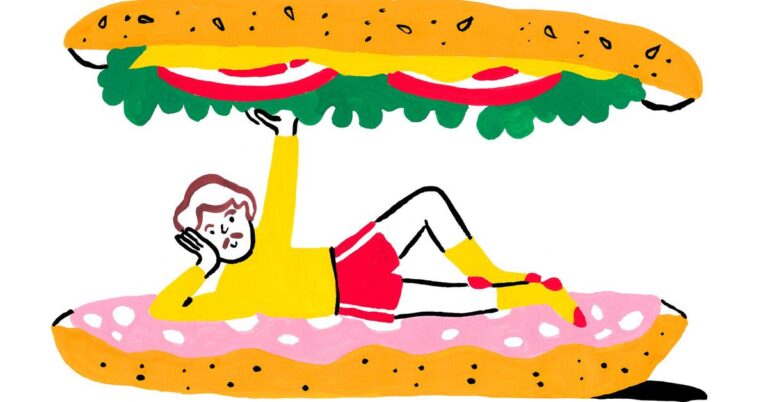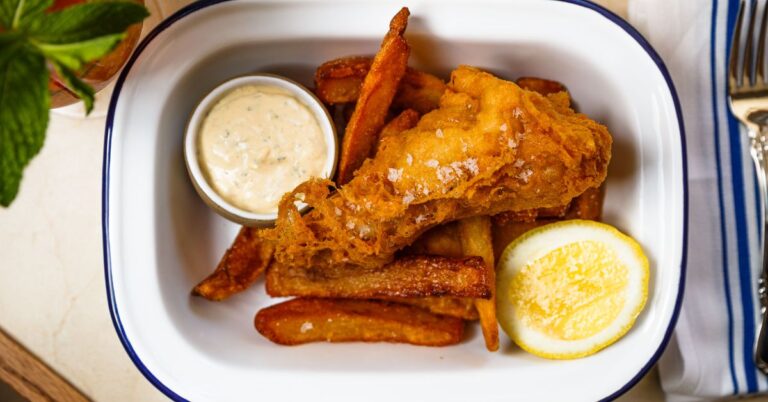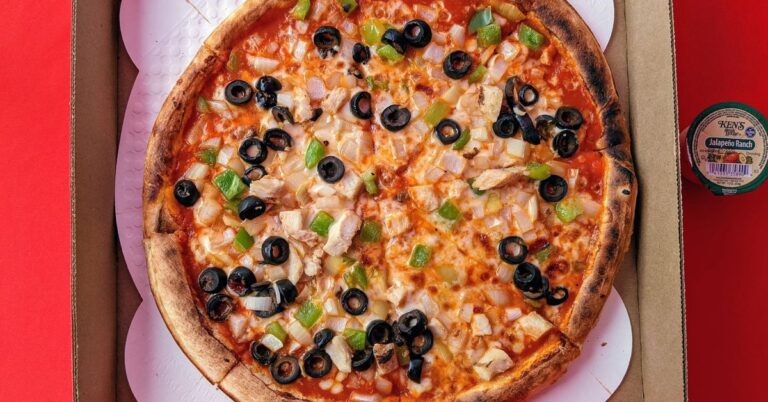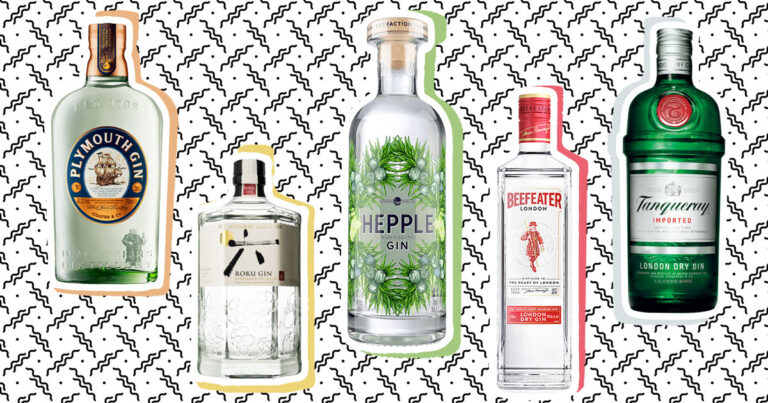How Dinoville Aquafarm Produces Top Quality Caviar for Chefs in Korea
When Cheol Hong Park of Dinoville Aquafarm learned that the entire sturgeon species was listed as endangered or threatened in 1998 while studying their preservation, he came up with the idea to preserve them through fish farming, and harvesting caviar.
“If we farmed them, we wouldn’t have to deal with the effects of disturbing sturgeon in the wild,” he says. “And we thought that a better understanding of this fish through farming would help with preservation.” And so, Dinoville Aquafarm — which has 3,500 Siberian sturgeon and Ossetra Russian sturgeon — came to be.
In many parts of the world, caviar is salted and preserved without preservatives or pasteurization. “But in Korea, it really has to be fresh, because we eat raw fish,” says Park. “And the freshness that Korea looks for in seafood is only possible if it’s local.” Park thinks a lot about Korean caviar, and what chefs and diners in the region want from the delicacy. “What kind of caviar would people from this place want? How would that be applied to the Korean market? In order to figure this out, you have to speak to a lot of chefs, and reflect their opinions in the caviar production,” he says. “My customer base grew as a result of those discussions, but I’m also able to create caviar appropriate for Korea by hearing their thoughts.” And that’s why he believes communication is key.
Check out the video to see Park’s massive sturgeon facility, and more on the detailed and delicate process of harvesting and selling the caviar in Korea.






